Space is vast, and filled with weird and wonderful things, including amazing facts about it.
Some of the bizarre inhabitants and phenomena of our Universe are more astounding than even the most extreme sci-fi or space movie.
This selection of some of the most mind-boggling facts about our cosmos takes a bite-sized look at our intriguing planet, Moon, Solar System, Galaxy and Universe.
And if you'd like more space oddities, read our guides to the weirdest stars, 9 mind-blowing facts about the Universe, or the biggest cosmic objects.
And take a look at our lists of the coolest things in space, scariest things in space and astronomy myths.
Here are some of the most mindblowing astronomy and space facts
The Moon is lemon-shaped
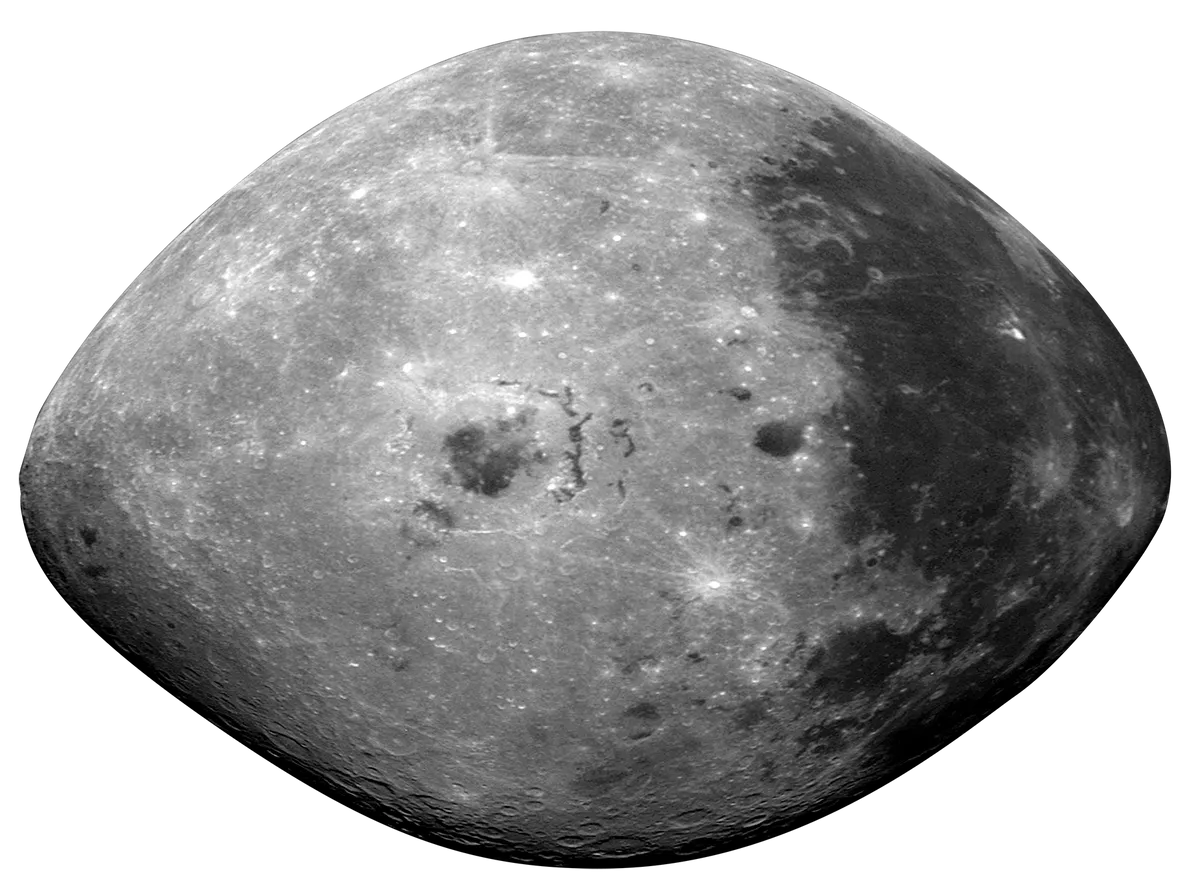
Despite its appearance in the night sky, our natural satellite is nowhere near round. In fact, the Moon is shaped like a lemon, with flattened poles and bulges on both the near and far side around its equator.
This strange shape is thought to have been created during interactions with Earth soon after its formation.
Milky Way smells of rum, raspberries and booze
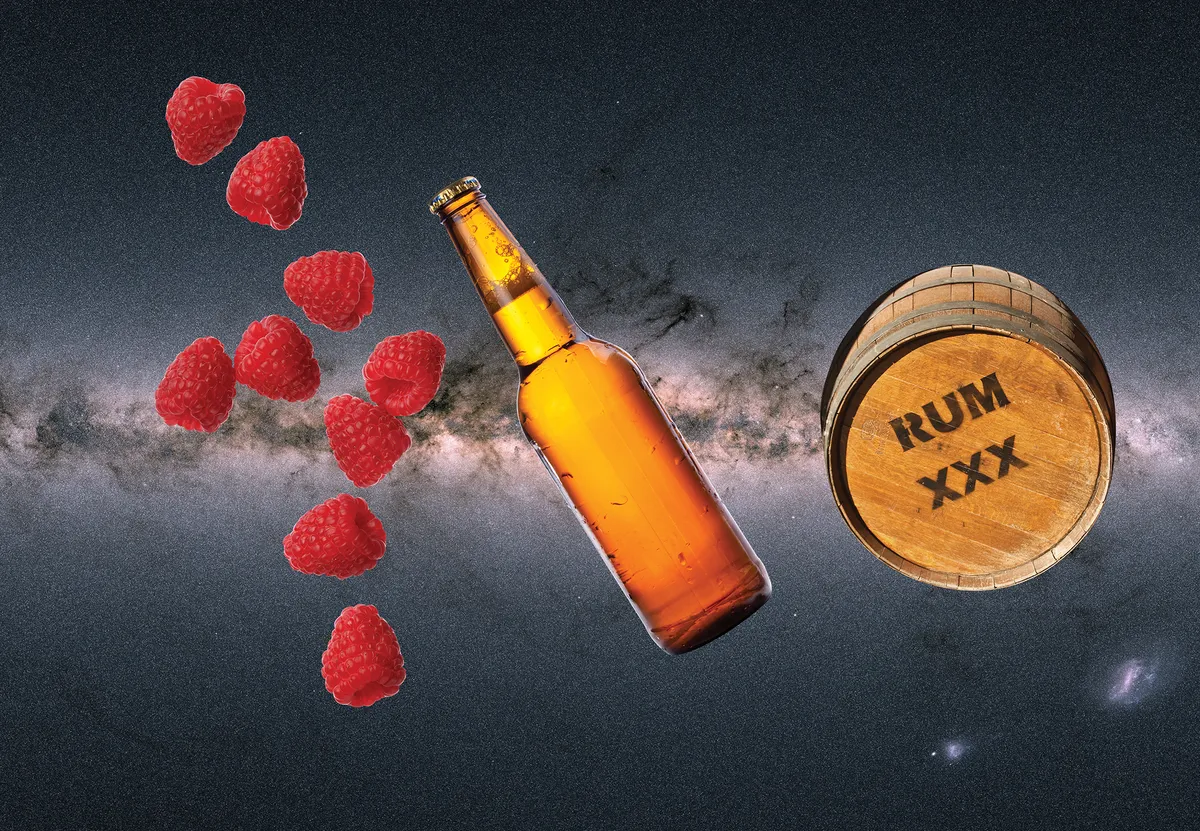
In 2009, astronomers exploring a giant cloud of gas and dust at the centre of the Milky Way made a surprise discovery.
The cloud was packed full of a chemical known as ethyl formate, which has a couple of intriguing properties.
It is responsible for giving raspberries their flavour, and has the smell of rum.
Another nearby region is full of ethyl alcohol, or ethanol, the type we use to make alcoholic beverages.
It contains enough alcohol to supply everyone on Earth with 300,000 pints of beer per day for a billion years!
If bottled at source, the proof for this beer would be low, with an alcohol content of less than 1%.
But as the cloud also contains plenty of other nasty chemicals, among them carbon monoxide and hydrogen cyanide, it would still leave you with quite a headache the next morning.
On Mercury a day is twice as long as a year
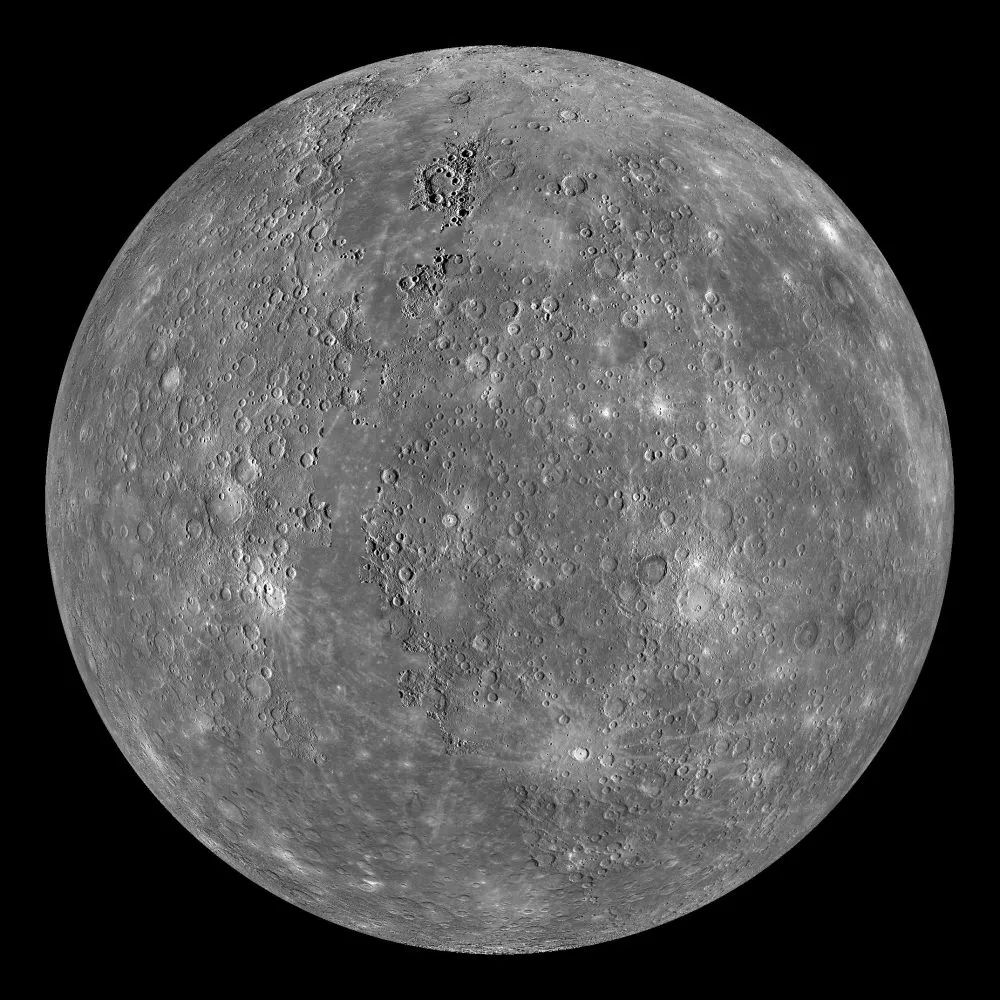
Technically, one Mercurian day lasts 59 Earth days, while a year lasts 88.
However, due to Mercury’s very eccentric orbit and alignment with the Sun, the length of time from sunrise to sunrise, known as a ‘solar day’, is equal to 176 Earth days — twice as long as a Mercurian year.
All the other planets could fit between Earth and the Moon

NASA/JPL-Caltech
Yes, we can see the Moon from Earth and it looks big (compared to the stars and planets, anyway).
We've even travelled to the Moon and set foot on it.
But the Moon is really far away. It's about 400,000 km or 250,000 miles away, in fact.
Scientists have calculated you could fit the other seven planets of our Solar System into the space between Earth and the Moon.
You could survive a couple of minutes in a leaky spacesuit
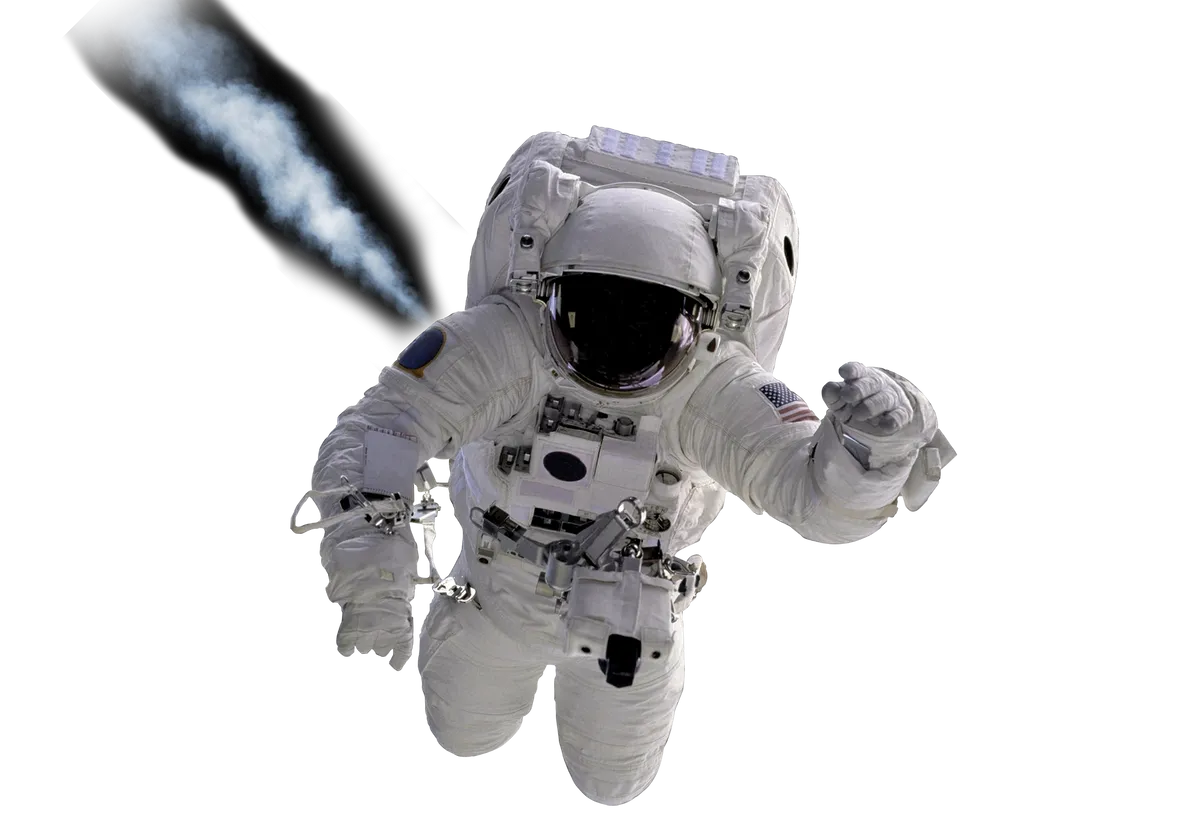
Although films such as Total Recall show instant explosions and rapidly puffed-up spacesuits, the effects of being exposed to space are slightly less dramatic.
Although it would definitely be unpleasant, you could survive for a couple of minutes.
After around 10 seconds, you would lose consciousness. The lower pressure of the vacuum would cause your blood to boil, along with other body fluids (the moisture on your tongue, for example).
But this boiling alone would not be fatal, due to the pressure maintained by our blood vessels themselves.
Gas bubbles would form in your bodily fluids, causing your body to swell up and bloat. The low humidity of space would cause you to cool down rapidly, and your eyes may freeze over.
Within one to two minutes, the lack of oxygen would be deadly.
The stress of the situation may make these symptoms worse – you would become oxygen-deprived more quickly.
A rapid decompression would cause damage to your lungs, eardrums and sinuses, along with bruising and bleeding from soft tissues.
Read more about this in our look at what would happen if an astronaut took off their helmet.
1 tsp of neutron star weighs the same as the human population
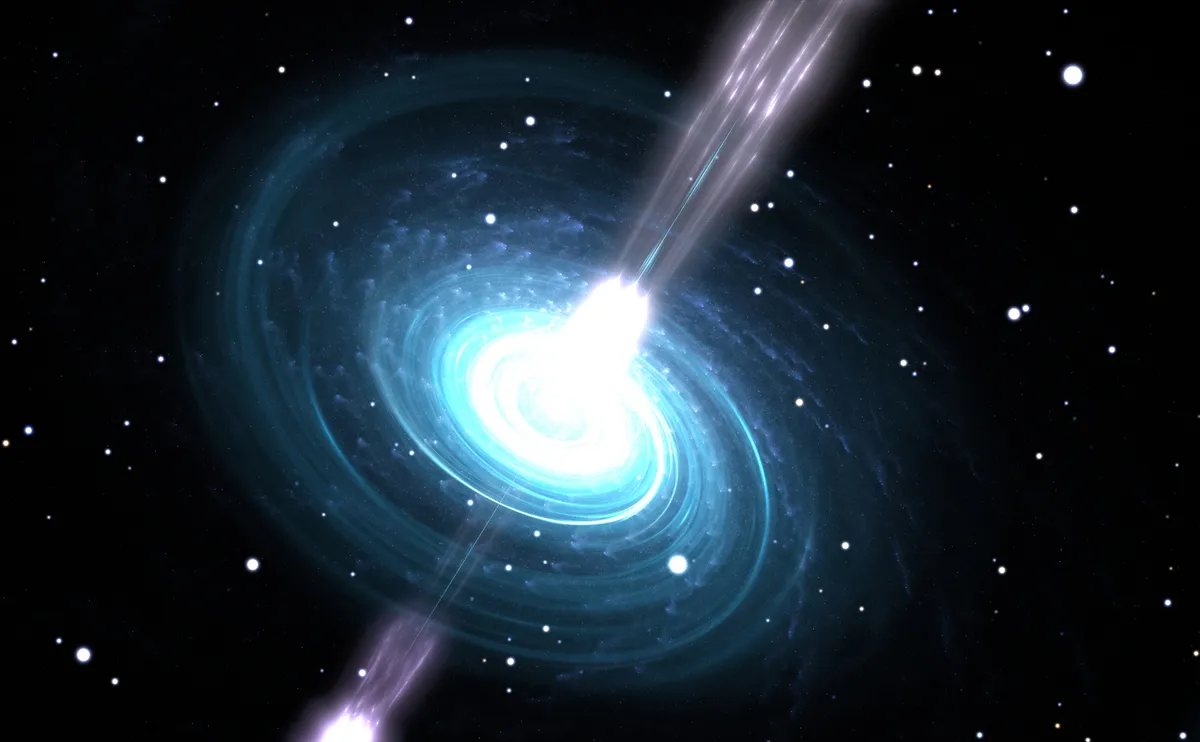
A neutron star’s density is mind-boggling. These stars are composed almost entirely of neutrons packed together in a tiny radius.
Just a teaspoonful of neutron star would weigh over a trillion kilograms. That's more than the weight of the entire human population (which reaches a few hundred billion kilograms).
To make something as dense as a neutron star, the whole of humanity would need to be crammed into a space the size of a sugar cube.
Gamma-ray bursts release more energy in 10 seconds than our Sun in its entire life

Nothing in the Universe rivals the power unleashed during a gamma-ray burst, a brief but incredibly intense flash of high-energy radiation.
There are many types of gamma-ray burst. Some are thought to form when a massive star implodes; others when two neutron stars merge together.
There are stars we will never be able to see
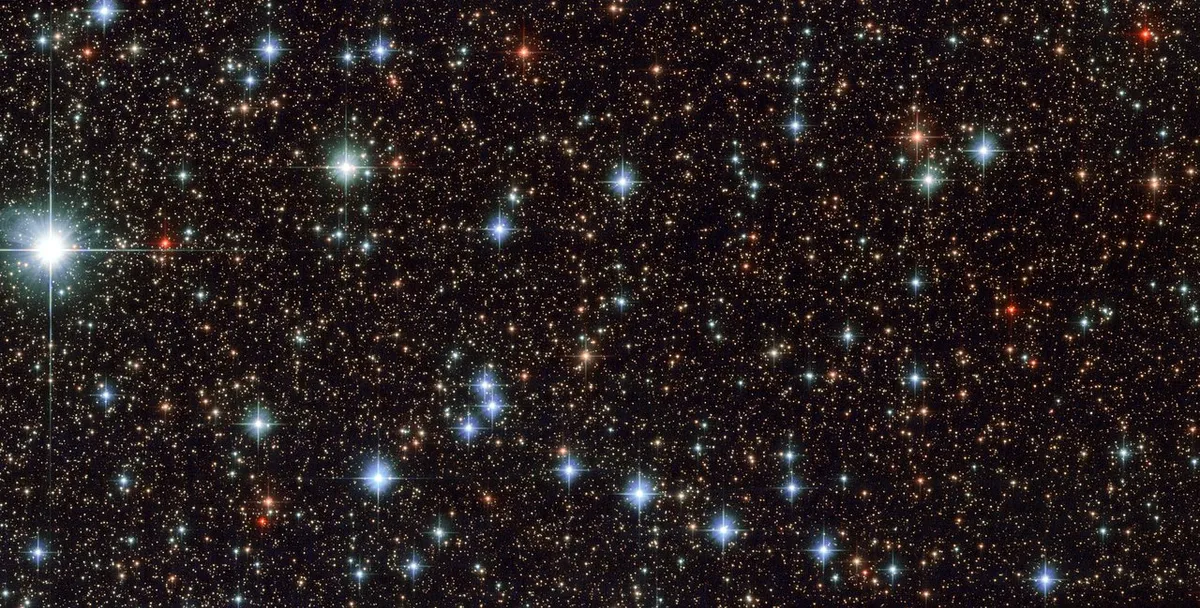
Ever since the Big Bang, most objects in space have been moving away from one another. In fact, the expansion of the Universe is actually accelerating.
This is one of the facts about space that has really rocked the cosmological boat over the past few years, and it's known as dark energy.
As regions of space are whizzing away from one another at an ever-increasing rate, the first population of stars to form in the Universe are now too far away for us to ever hope of spying them.
And that's even using the best present or future telescope.
Hope is not lost. We can attempt to spot them indirectly via the energetic bursts of radiation they emit at the end of their lives.
Black holes have theoretical opposites known as white holes
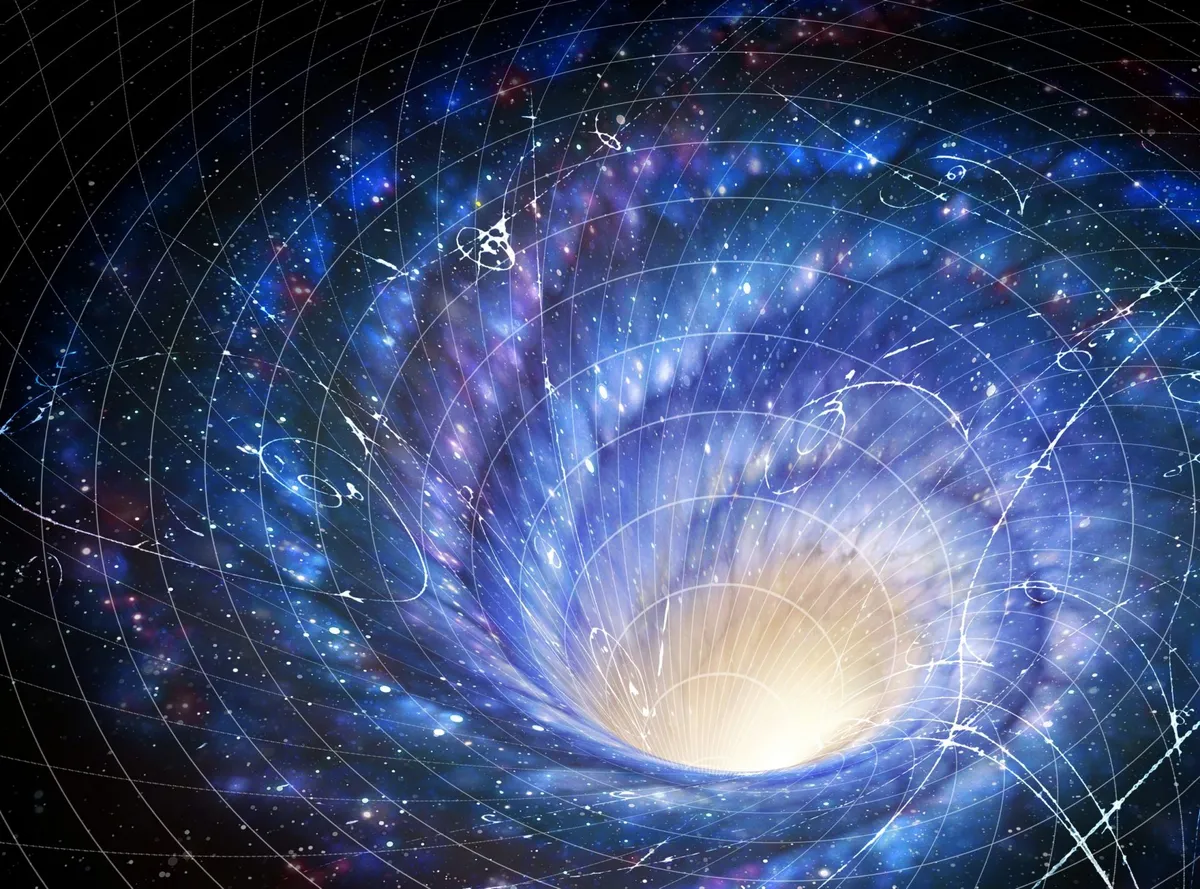
Black holes are known for their voracious appetites; their influence is so strong that even light can’t escape their gravity. But they have a theoretical converse – white holes.
They are effectively the opposite of their dark relatives, spitting out light and matter instead of trapping it.
So far, they are purely hypothetical objects; astronomers are contemplating how they could form in reality.
Jupiter’s magnetic field is bigger than the Moon
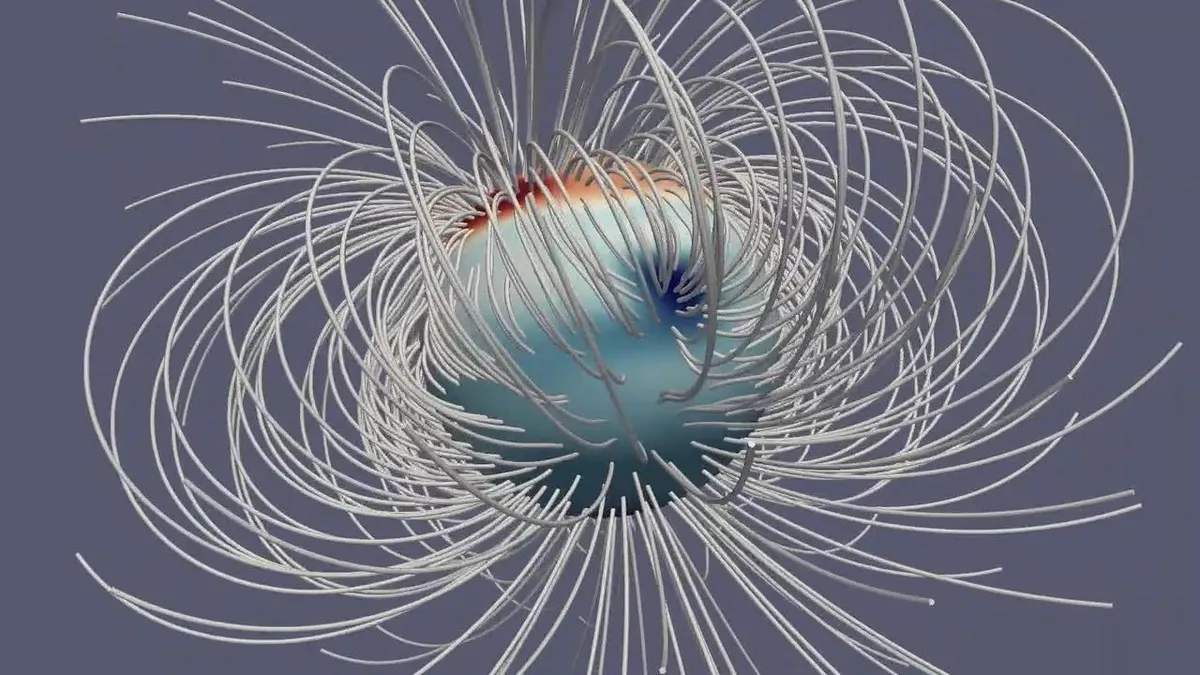
The region of space in which a mass’s magnetic field dominates is known as its magnetosphere. These regions surround planets, pulsars and even our Galaxy.
The planets in our Solar System have magnetospheres that interact with and are shaped by the charged particles in the wind streaming from our Sun.
The largest magnetosphere in our Solar System surrounds Jupiter. Jupiter rotates very fast and has a very strong magnetic field, and its magnetosphere is filled with plasma from its volcanically active moon, Io.
These features, coupled with the fact that the solar wind is slower and less dense at Jupiter than at Earth, lead to a very sizeable Jovian magnetosphere.
It is easily big enough to contain a body the size of our Sun. If visible, it would be larger than the Moon in our night sky.
That's quite an achievement considering it's over 1,500 times farther away.
Neptune has only completed one orbit since its discovery
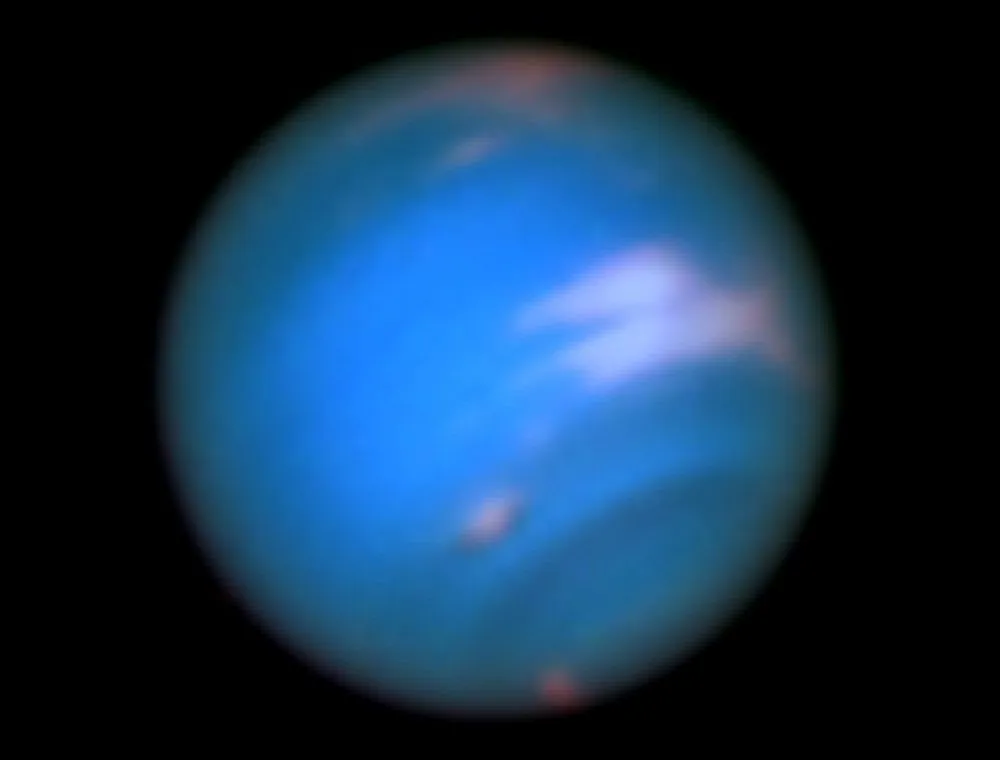
This is one of our favourite facts about space, and perhaps the most memorable (if you want to impress your friends next time you're sharing cool facts.
Neptune takes a whopping 165 years to complete one full orbit around the Sun. Since it was discovered in 1846, Neptune only finished its first full post-discovery orbit in 2011.
Demoted planet Pluto has yet to match this – it is not even close to completing one full, 248-year orbit since its discovery in 1930.
Planets can wander through space without a parent star
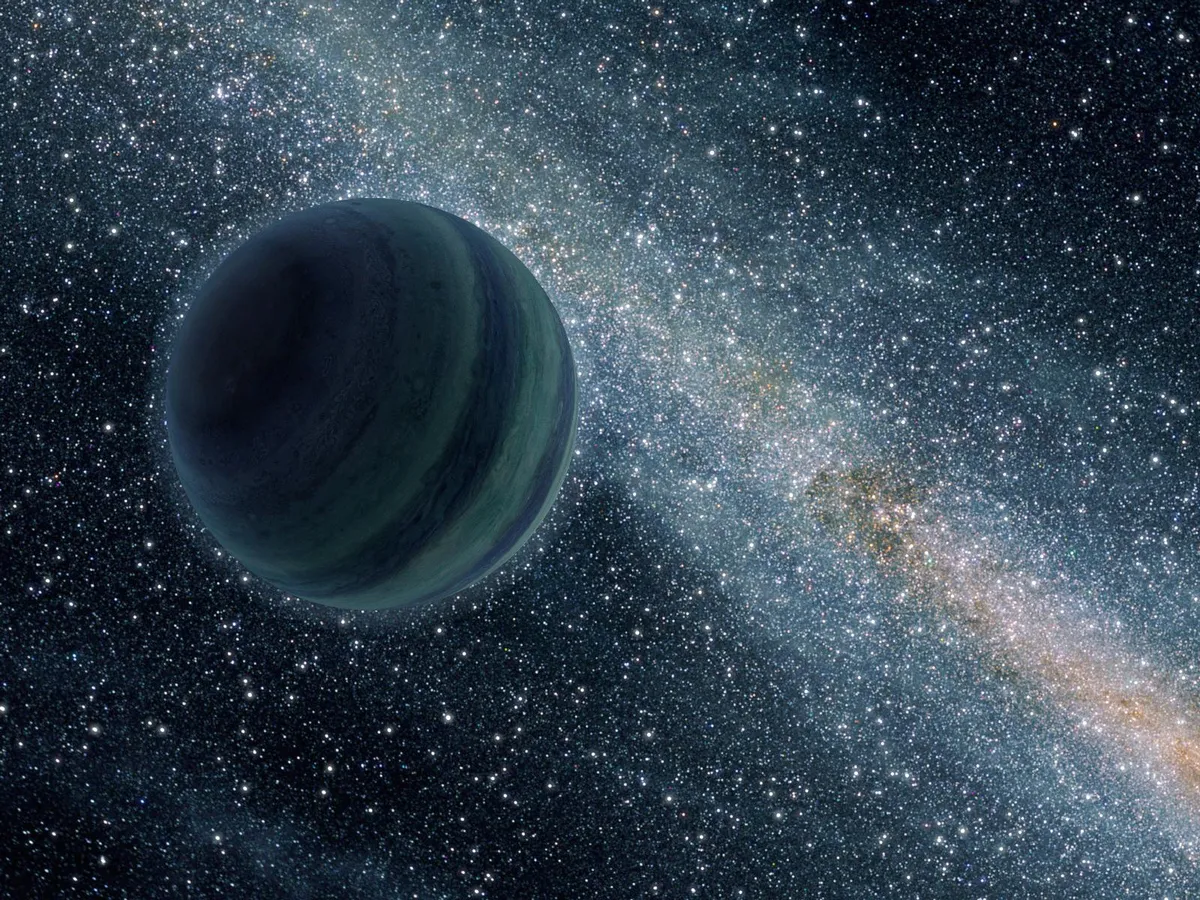
Not all planets form and stay around stars: astronomers estimate that there could be more than 200 billion of them floating free and drifting through our Galaxy.
These ‘rogue’ planets were thought to have been kicked out of their home systems.
While this is true for some, other planets may have formed completely independently of an accretion disk (as was the case for our Solar System) instead forming from the collapse of tiny, cold clouds known as globulettes.
The Sun loses a billion kilos per second
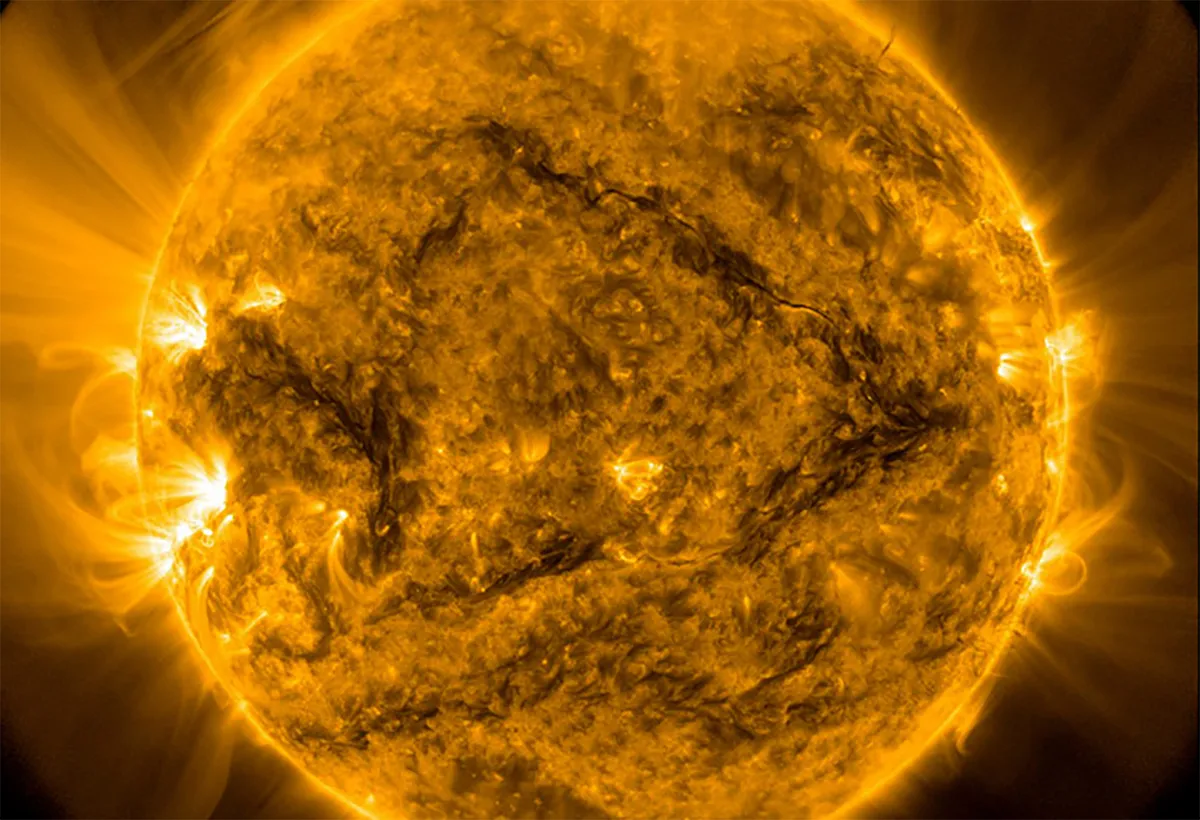
Particles in the Sun’s upper atmosphere are so hot and energetic that they speed out into space as part of the solar wind.
Our star sheds around 1.3 trillion trillion trillion particles every second. This equates to roughly one billion kilograms of matter per second, or one Earth every 185 million years.
Most Sun-like stars in our galaxy are in multiple star systems

Our Sun may be a single star, but it is in the minority.
Over half of the Sun-like stars in the Milky Way are part of multiple star systems, binaries or triplets, with stars orbiting around a common centre of mass.
Most lower-mass stars like red dwarfs, however, live alone without a companion.
Vast amounts of water have been found in space

Earth’s oceans may not be that unique. Three of Jupiter’s moons (Europa, Ganymede, and Callisto) and two of Saturn’s (Enceladus (pictured above) and Titan) are thought to have underwater seas.
Europa’s ocean may contain over twice the volume of water found on Earth. However, the most water ever discovered surrounds a black hole some 12 billion lightyears away.
This region contains vast amounts of water vapour, the equivalent of 140 trillion times the volume of water in Earth’s oceans.
There is more water in space than you might think.
There's gravity on the International Space Station
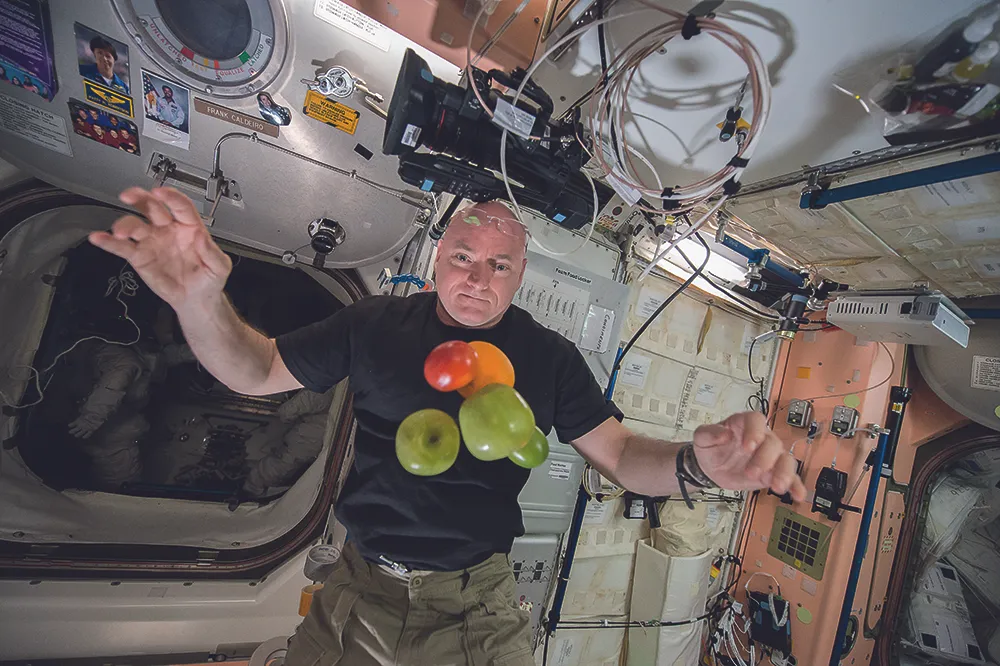
Footage of astronauts on the International Space Station may give the impression of a gravity-free environment, but onboard gravity is actually only 10-11% weaker than it is on Earth’s surface.
This particular one of our facts relates to the common belief that there's no gravity in space.
Astronauts float freely due to the Space Station's continual state of free-fall, the same effect experienced by skydivers.
The difference with the ISS is that it also has horizontal motion.
As the ISS moves ‘sideways’ and falls towards Earth, the horizon curves away beneath it at the same rate, keeping the ISS in orbit and simulating a feeling of weightlessness for anyone on board.
Our days are getting longer
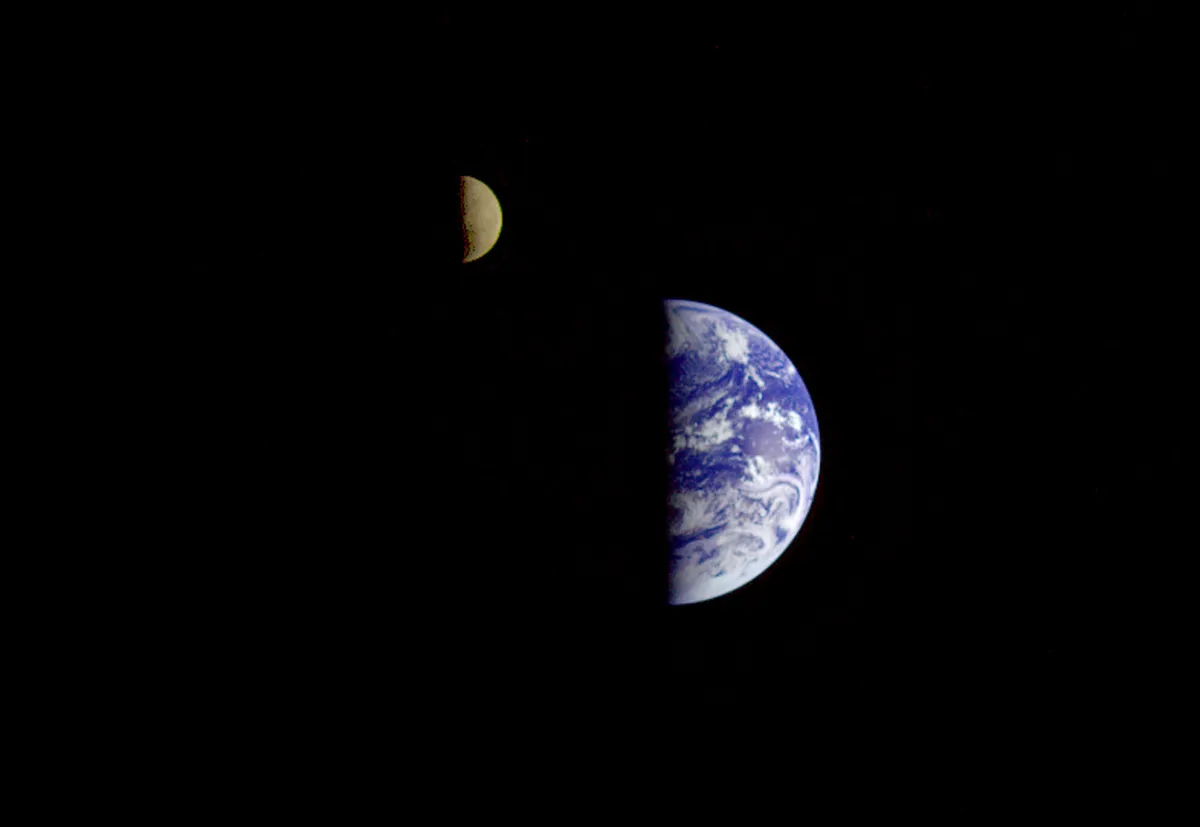
Earth’s spin speed is slowing: every year, it takes our planet a little longer to complete one full revolution on its axis.
The change is miniscule, however. Every century, Earth slows by 1/500th of a second; 1,000 years from now, one day will be two hundredths of a second longer than today.
The Moon is drifting away from Earth
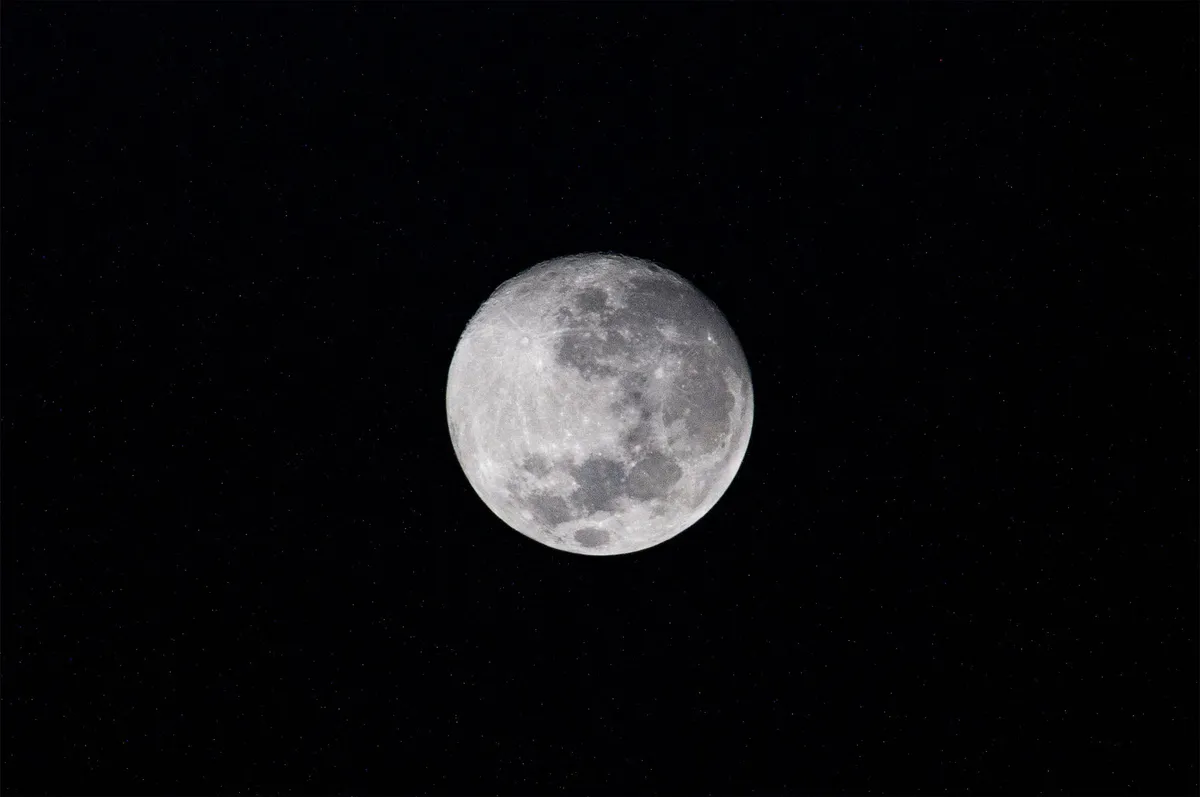
The Moon exerts a pull on Earth, causing our planet to be slightly egg-shaped.
It affects water even more, creating tides and causing the oceans to pile up towards one side of the planet, forming a ‘tidal bulge’.
This bulge is dragged around with the Moon as it orbits. As Earth rotates faster than the Moon – 24 hours versus 27.3 days – the bulge moves slightly ahead of the Moon’s position in orbit.
The Moon pulls back on it, effectively trying to slow it down and causing Earth’s rotation rate to gradually slow down over time as a result.
As the two bodies interact through gravity, this tugging causes Earth to lose energy while the Moon gains energy.
Because of this energy boost the Moon is slowly spiralling outwards, moving away from us by 3.8cm per year.
Heat from the Big Bang is still around today

The early Universe consisted of a hot soup of ionised gas: a sort of opaque plasma.
About 380,000 years after the Big Bang, this gas cooled sufficiently enough that atoms were able to form.
Radiation left over from the Big Bang is still around us today, and is known as the cosmic microwave background (CMB).
It can't be seen with the naked eye, but various missions over the years have been able to study it in microwave light, including ESA's Planck satellite and the WMAP mission.
Venus spins backwards

Venus spins in the opposite direction to the rest of the planets in our Solar System.
This is a puzzle that requires solving if we are to understand more about the formation and evolution of our Solar System.
Perhaps in the early days of the Solar System, Venus was hit by another object, sending it spinning in the opposite direction.
The truth is, there is no confirmed theory as to why Venus spins backwards relative to the other planets.
But that's not the only strange thing about Venus's orbit.
The planet also rotates slowly, with the Venusian day equivalent to 243 Earth days, and longer than the Venusian year of 225 Earth days.
Find out more in our article Why Venus spins backwards.
Uranus is the coldest planet in the Solar System
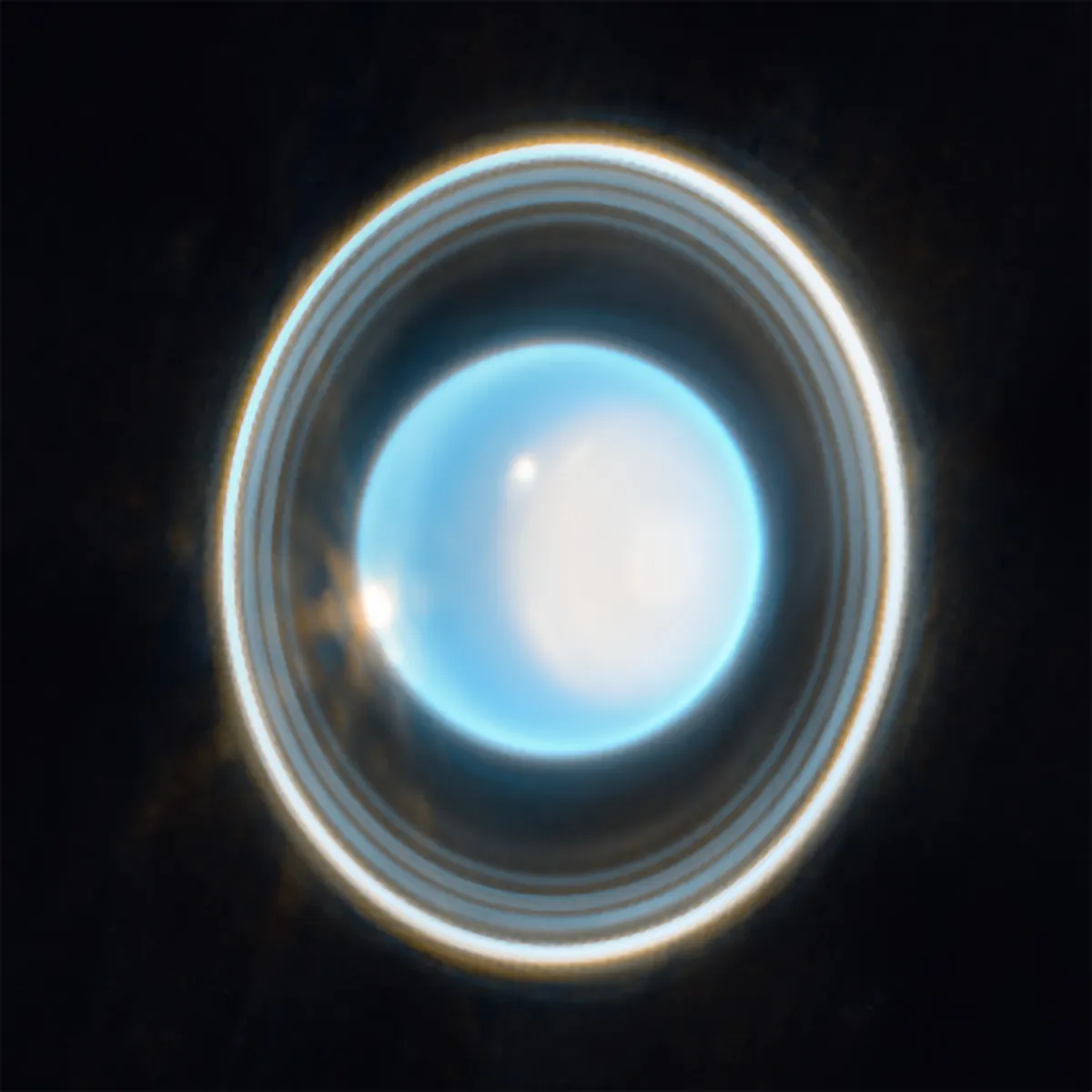
Some facts about space seem to defy simple logic. Neptune is the furthest planet from the Sun, so you might expect it to be the coldest planet.
But it's not: Uranus is.
The question is, why is Uranus the coldest planet in the Solar System?
Could Uranus's plummeting temperature be related to the planet's atmosphere?
Did Uranus lose most of its primordial heat early in its life?
Or could it be related to the planet’s strange tilt, relative to the rest of the planets?
Find out more about the theories in our article Why is Uranus the coldest planet in the Solar System?
Venus is the hottest planet in the Solar System

Venus is the hottest planet in the Solar System, but it's not the closest to the Sun. How can this be?
In a word: the greenhouse effect.
Venus has a thick atmosphere made mostly of carbon dioxide, a 'greenhouse gas' that absorbs infrared radiation both from the planet itself and coming from sunlight that hits the planet.
This prevents heat loss, insulating the planet and warming it up.
Mercury has only a very thin exosphere, so it's cooler than Venus, despite being closer to the Sun.
Black holes give off light

Venture beyond the event horizon and you'll not be able to escape the powerful gravity of a black hole.
Black holes are objects so dense that not even light can escape their gravitational pull.
Despite this, black holes can shine brightly, and this is one of the most contradictory-sounding facts about space on our list.
Supermassive black holes can illuminate the centre of galaxies and are known as active galactic nuclei.
How can this be?
As cosmic material falls into a black hole, it forms an accretion disc that swirls around it.
This material gets very hot and glows: it can even power jets of material that shoot out of the black hole into space.
This all occurs just outside the event horizon, and is one of the ways astronomers can detect black holes even though they can observe them directly.
5 billion Suns could fit in UY Scuti, one of the biggest known stars

Compared to the rest of the worlds of our Solar System - even colossal Jupiter - our Sun is pretty big.
But it's nothing compared to the biggest stars we know of. Red hypergiant stars would positively dwarf our Sun if ever there was a cosmic 'who's the biggest star?' contest.
UY Scuti is one such stellar giant. It's often referred to as the biggest known star in the Universe (although this can't definitively be proven).
But calculations reveal that if UY Scuti replaced our Sun, its outer edge would sit beyond the orbit of Jupiter.
5 billion Suns, 7 trillion Jupiters or 7 quadrillion Earths would fit inside UY Scuti!
What's more, UY Scuti is 300,000 times brighter than the Sun, but is so far away you wouldn't know this when observing it in our night sky.
Every star you see probably has a planet around it

Since the first discovery of exoplanets – planets orbiting stars beyond our Solar System – in the 1990s, astronomers have built up a catalogue of almost 7,000.
And astronomers calculate that, for every star you see in the night sky, there is on average one planet orbiting it.
Next time you look up at the night sky and see a blanket of stars, consider the many weird and wonderful worlds out there in the Galaxy.
Total solar eclipses are a complete coincidence

A total solar eclipse is one of the most arresting sights in nature, but they're by no means a given, and you may be hard-pressed to see them occurring on any other planet.
Total solar eclipses happen when the Moon passes between Earth and the Sun, the Moon covering the entire solar 'disc'.
You may have noticed in images of total solar eclipses how the circular Moon fits neatly and snugly over our circular Sun, just about covering it and no more.
That's because of a complete cosmic coincidence in which the Sun is 400 times bigger than the Moon, but the Sun is also 400 times further away.
As a result, the Sun and the Moon appear the same size in our sky, making total solar eclipses possible.
They won't happen forever, though. As we mentioned above, the Moon is slowly drifting away from Earth, meaning its apparent size in our sky is getting smaller and smaller.
Eventually the Moon will no longer cover the entire disc of the Sun from our perspective on Earth, and total solar eclipses won't happen any more.
Instead, we'll only ever see annular solar eclipses.
What are your favourite astronomy and space facts? Let us know via contactus@skyatnightmagazine.com and we may print our favourites in the letters page of the magazine.
